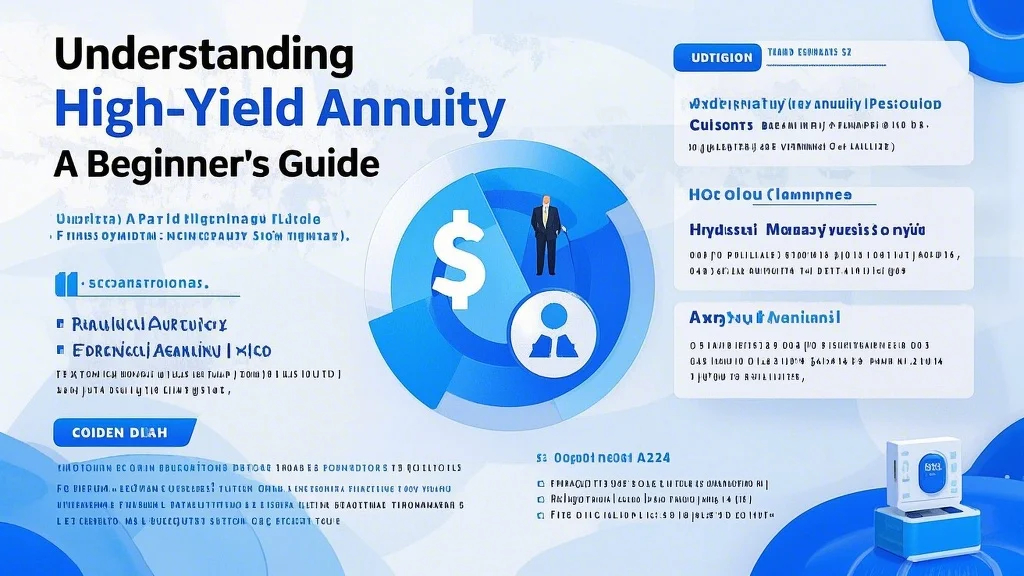Unveiling the Opportunities in High-Yield Annuity Plans
In the ever-evolving landscape of financial planning, particularly for retirement, securing a steady and reliable income stream is paramount. High-yield annuity plans have emerged as a compelling option for those seeking to bolster their retirement savings. These plans offer structured, tax-advantaged vehicles that promise higher returns compared to traditional investments, making them an attractive choice for risk-averse individuals.

Annuities, in essence, are contracts between an individual and an insurance company. They provide regular income payments in exchange for premiums paid over time. The appeal of high-yield annuities lies in their ability to generate higher returns through strategic investments, often in bond portfolios, which are less volatile than stocks. This makes them particularly suitable for retirees or those approaching retirement who prefer stability alongside growth.
One of the key advantages is the tax-deferred growth feature. Earnings within the annuity accumulate without immediate tax liability, allowing for compounding growth. Additionally, annuities offer flexibility, with options to receive payouts immediately or defer them until a later date. This flexibility caters to diverse financial needs, whether one requires immediate income or prefers to accumulate more before starting payouts.
There are various types of annuities to consider. Fixed annuities guarantee a set interest rate, providing predictability. In contrast, variable annuities allow for potentially higher returns by allowing investments in subaccounts, though with the associated risk. Indexed annuities offer a balance, pegging returns to a market index but with a floor rate ensuring some protection against losses.
Moreover, annuities can serve as a hedge against inflation. Some plans include cost-of-living adjustments, ensuring that the purchasing power of the income stream remains intact over time. This feature is invaluable in maintaining quality of life in the face of rising living expenses.
Understanding the structure of annuity payments is crucial. Most plans offer a guaranteed period, ensuring that payouts continue even if the annuitant outlives the guaranteed term. This feature provides peace of mind, knowing that income will be sustained throughout retirement.
The decision to opt for a high-yield annuity plan hinges on assessing immediate needs, future goals, and risk tolerance. While these plans are designed to offer higher yields, they are not without their complexities. The next part delves into the challenges associated with them.
Navigating the Challenges of High-Yield Annuity Plans
While high-yield annuity plans present significant opportunities, they also come with inherent challenges that require careful consideration. Understanding these challenges is essential to making informed decisions and avoiding potential pitfalls.
One of the primary risks is market volatility. Although annuities are generally stable, variable and indexed types are influenced by market conditions. During economic downturns, these plans may experience reduced returns or even losses, although such risks are mitigated by the floor rates in indexed annuities.
Interest rate fluctuations pose another challenge. Rising interest rates can decrease the value of fixed annuities, as they are based on current rates. This risk is particularly relevant in a rapidly changing economic climate, where rate changes can significantly impact annuity values.
Longevity risk is another factor to consider. While annuities offer lifetime income, living longer than expected could deplete the principal, especially in fixed immediate annuities. This risk underscores the importance of evaluating life expectancy and budgeting accordingly.
Yield, though attractive, is not a straightforward metric. Higher yields often attract more risk, and it’s crucial to discern if the yield offered is sustainable or a result of aggressive investments. Potential issues like surrender charges, administrative fees, and mortality charges can erode returns if not carefully reviewed.
Market conditions play a pivotal role in determining annuity yields. Economic factors, such as inflation and market stability, influence the underlying investments, affecting the overall yield. Staying informed about these dynamics is essential for maintaining optimal returns.
Credit risk is another consideration, particularly with annuities issued by insurance companies. The financial stability of the insurer is critical, as buying from a troubled company could pose risks. Conducting thorough research and selecting reputable providers are safeguards against this risk.
Balancing short-term gains with long-term stability is a key challenge. While higher yields are appealing, they should align with one’s financial goals and risk tolerance. Diversification across investments can mitigate risk, serving as a prudent strategy for financial planning.
Educating oneself is fundamental. Understanding the nuances of annuity plans, including fees, penalties, and income options, empowers individuals to make informed decisions. Consulting with financial advisors can provide personalized insights, tailoring strategies to individual circumstances.
Tips for navigating the market include staying updated on economic trends, diversifying investments, and opting for annuities with favorable terms like high commissions or Surrender-Free periods. Patience is vital, recognizing that high yields may take time to realize.
In conclusion, high-yield annuity plans offer promising opportunities for enhancing retirement income, but they require careful evaluation of associated risks. By understanding the complexities, individuals can strategically integrate these plans into their financial strategies, ensuring a secure and prosperous retirement.
